
Despite a rocky start, Sony had a great run with its seventh-generation offerings. In addition to being an interesting piece of games history, there are plenty of interesting facts about the PS3 and everything surrounding that piece of hardware. With this feature, we are counting down 15 such pieces of trivia that you probably didn’t know. We have a lot to cover, so let’s dive right in.
The Original Plan Was To Have More USB And HDMI Ports
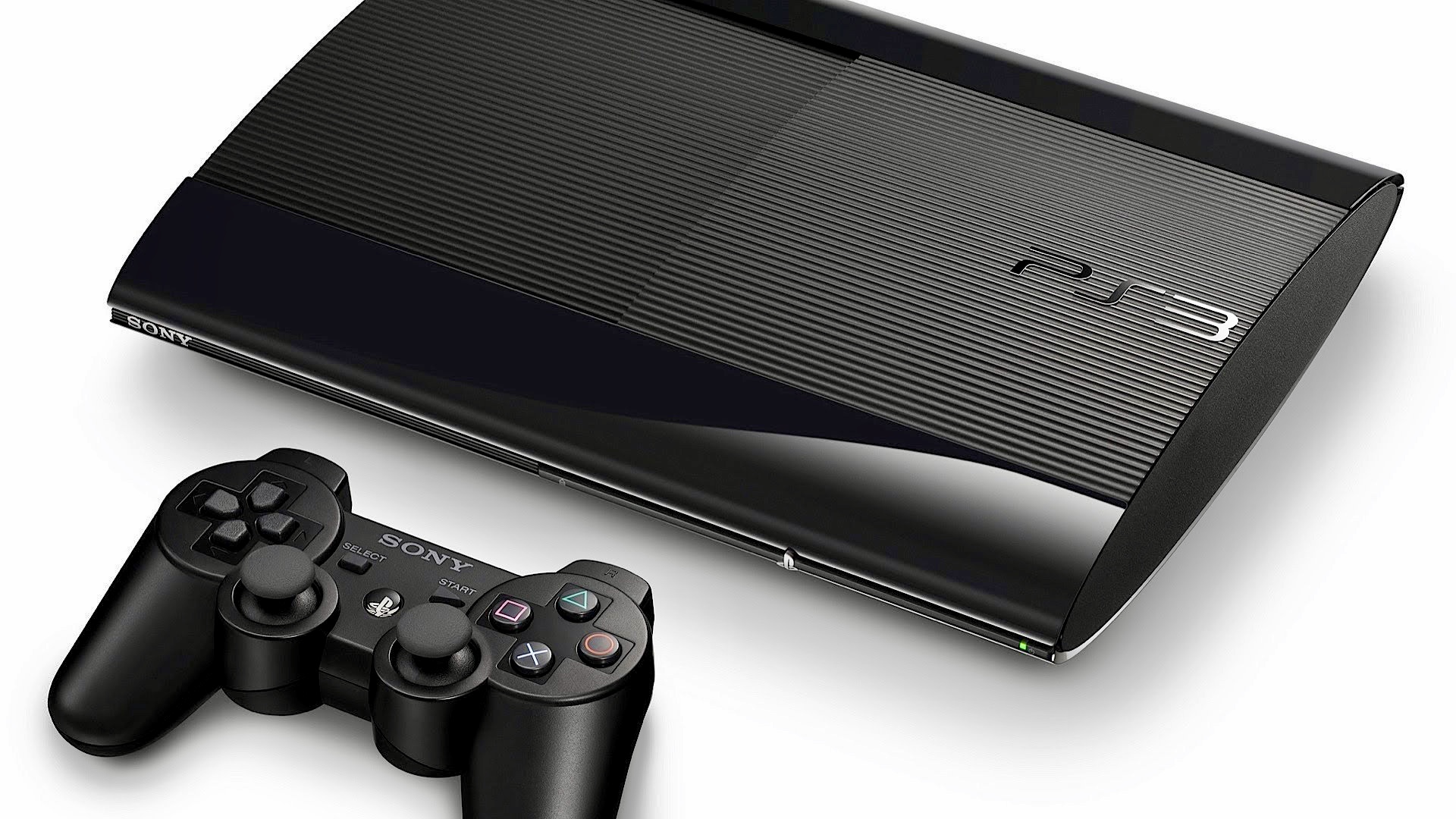
The PlayStation 3’s original model was a feature-packed console bursting with utility. Boasting a total of 2 HDMI ports, 3 Ethernet ports, and 6 USB ports, the PS3 would have been a greatly useful console with such a large number of choices. This early variant was showcased a full year before its release, but when the PS3 re-appeared in E3 2006 – it only had 1 HDMI port, 1 Ethernet port, and 4 USB ports – presumably as an effort to cut down on production costs.
PS3 Launch Date Was Delayed By Almost A Year

A video game console is a complex web of computer parts, and to manufacture the same machine at scale – abundant availability of every part no matter how insignificant is absolutely necessary. The PS3 launched a full year after the Xbox 360, and while Sony planned to ship the console in time with its competition – the production cycle was slowed down in large part due to a small laser component in the Blu-Ray drive that reportedly cost just $0.05 apiece. Eventually, the team would end up switching to a different component for the same functionality to ensure smooth availability down the road.
The Original PS3 Had Hardware Level Backwards Compatibility
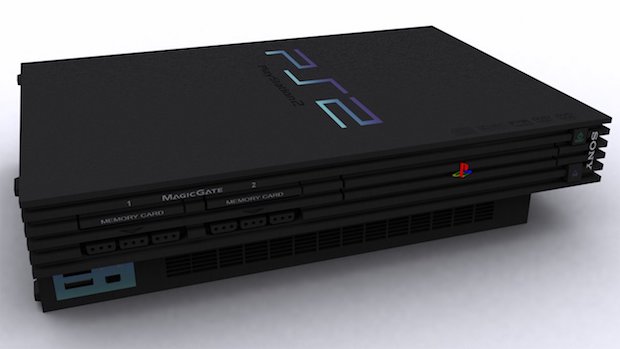
The original PlayStation 3 was a really expensive console for its time, and this can be attributed to a bunch of different reasons. One of the reasons was that the launch model of the console had the PS2’s Emotion Engine chip on the hardware itself, making it fully backward compatible with last-gen titles. Later models removed the chip on the hardware level, but some level of backwards compatibility still existed. For example, the PS3 slim model wasn’t able to play PS2 games but was compatible with PS1 software.
The Original PlayStation 3 Font
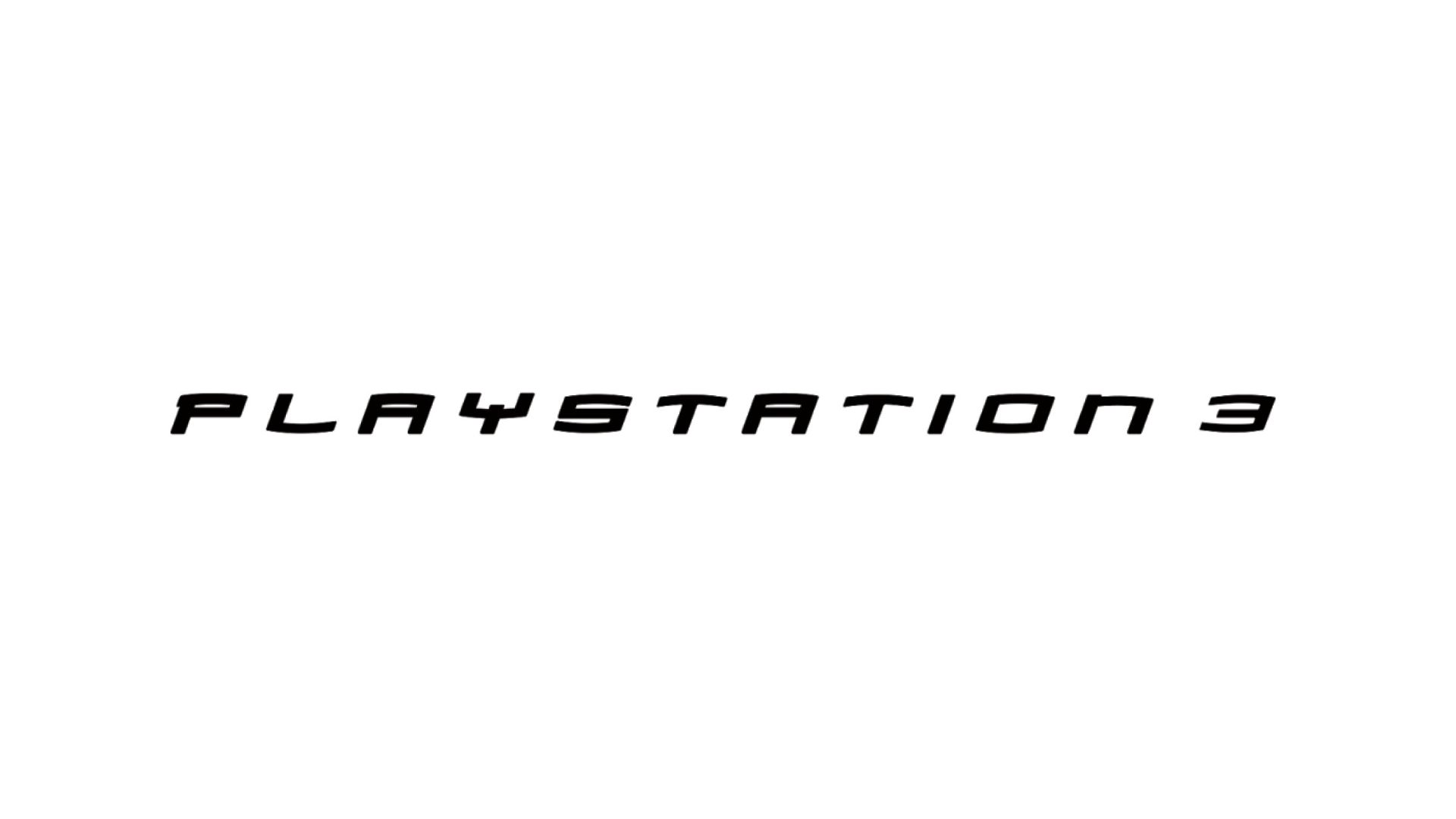
The original PlayStation 3 font is the same font that is used in the original Tobey Maguire starrer Spider-Man trilogy. The first film was released in 2002, which was around 4 years before the release of the PlayStation 3. Sony owns the font that is used in both cases and while it’s not really a big deal by any means it makes for an interesting piece of trivia nevertheless.
PS3 Online Was Initially Free To Use
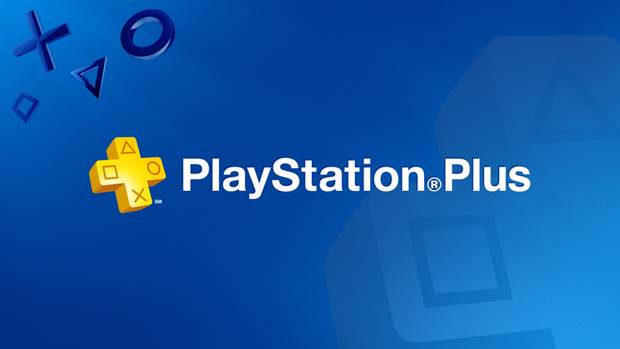
It’s no secret that the PS2 greatly lacked in terms of online capabilities when compared to its direct competition Xbox, so Sony took charge to improve its offerings with the PS3. Thanks to a dedicated Ethernet port and plenty of multiplayer options in both first and third-party games, PS3 offered a strong set of features for players who would like to play online. And where Xbox charged a subscription fee for Xbox Live, PS3 didn’t charge any fee for PS Online – but that was before Sony also jumped ship and started asking a price for its online component with its PS Plus subscription.
PS3 Was One Of The Cheapest Blu-Ray Players
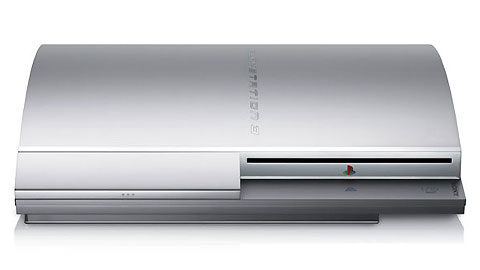
Much like the case with the PS2, the PS3 was one of the cheapest devices that could play Blu-Ray media. At a time when dedicated Blu-Ray players were going for prices as high as $1000 from manufacturers like Samsung or Toshiba, Sony put forth a rather appealing value proposition with the PS3 that could play the same media format for much less while also having the added utility of actually being able to play games. The reason behind it being cheaper despite having more hardware is because Sony would sell the consoles at a loss, and instead make up money through software and subscription sales in the long run.
PS3 Sold For Much Lesser Than It Cost To Make
And talking about losses, we should also talk about the specifics of the console’s productions and the massive losses that Sony incurred on that front. As per reports from multiple sources, the PlayStation 3 launch version would cost around $800 to make – which meant Sony incurred a loss of $200 on every console it sold considering the selling price of $600. The inclusion of a Blu-Ray player and a physical Emotion Engine chip on the console were two major factors for such high costs, and Sony would eventually cut down costs by 70% by 2009 – allowing for the manufacturer to make a profit off all SKUs (even the slim variant which sold for just $299).
PS3 Was Not The Most Developer Friendly Platform
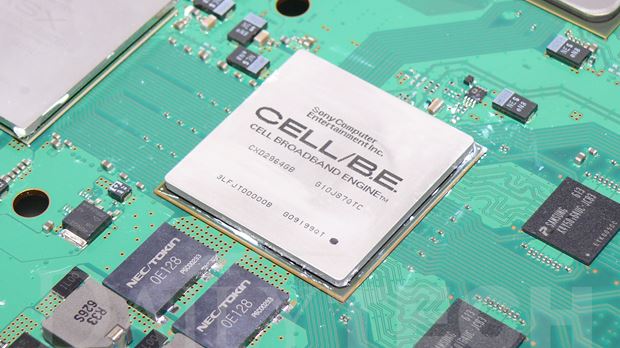
The PS3’s Cell processor was a powerhouse with multiple cores and high processing speeds, but utilizing that raw power was a nightmare for developers. It had a complex architecture with multiple cores that could transfer information through dedicated channels, but crafting a system that could leverage its full power turned out to be a huge engineering challenge for most developers. This is precisely why most multi-platform games run better on Xbox 360. Later on developers like Naughty Dog had it all figured out and could squeeze out such an astonishing level of visual fidelity and stable performance levels from the same hardware.
The Curious Case Of Missing DualShock
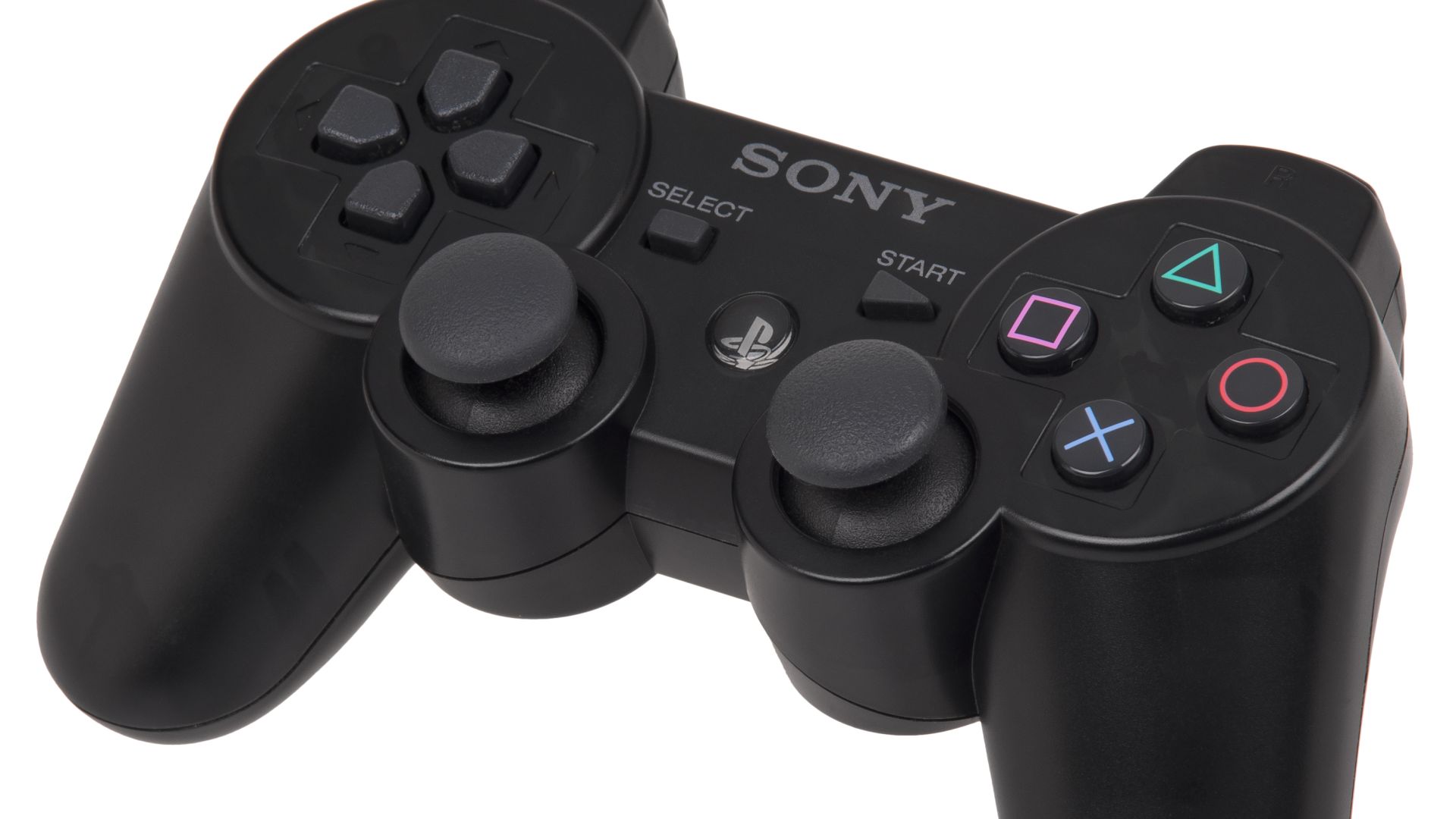
Sony launched the console with the Sixaxis controller, which was surprisingly devoid of rumble motors. The reason behind that was a trademark infringement against the use of vibration functionality in controllers which at the time was held by a company named Immersion. Once the legal battles were sorted out, Rumble Motors made a return with the DualShock 3 controller.
Video Conferencing Before It Was Cool
PlayStation released a PS Eye add-on for the PS3, but most fans wouldn’t know that you could actually hop on to a group video call with friends through the console. It might not sound all that amazing right now, but it’s rather interesting that the PS3 did that way before virtual connections were commonplace.
PS3 As A Video Editing Machine
Those who think that PS3 could just play games might be mistaken since you can do so much more with the console itself. For instance, you could also edit videos and while the functionality isn’t as sophisticated as video editing software like say, Premiere Pro – it definitely has its utility for quickly stitching together multiple clips for a cool montage or something similar.
PS3 Media Server
Thanks to an ethernet port on the hardware, you could play remote media files of a remotely connected server. Additionally, you can also connect to the same server through wireless mode making for additional flexibility on the console.
A Handy Screenshot Shortcut
The DualShock 3 has a handy shortcut for taking screenshots. By pressing the PS button and the start button at the same time, you can quickly capture a screenshot and store your favorite moments while gaming.
A Hidden Functionality Of The PS Logo On The Hardware
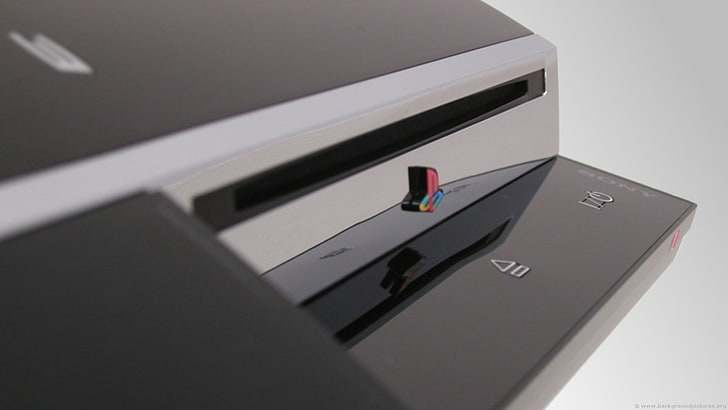
The PS3 has a mini PlayStation logo below the disc slot, but not many would know that its orientation can be swapped from vertical to horizontal depending on your preferences. It actually has a spring that can be loosened by pressing it, and it locks itself on either the horizontal or the vertical position after twisting it accordingly.
The PSN Outage, Circa 2011

Unfortunately. Sony was also a victim of a massive data breach back in 2011 as a group of hackers was able to steal sensitive user data from company servers. Over 77 million accounts were compromised, and Sony took big measures to prevent any further damage. The PSN Network was down for weeks, and that outage caused a massive loss of millions to the company’s wallet.














